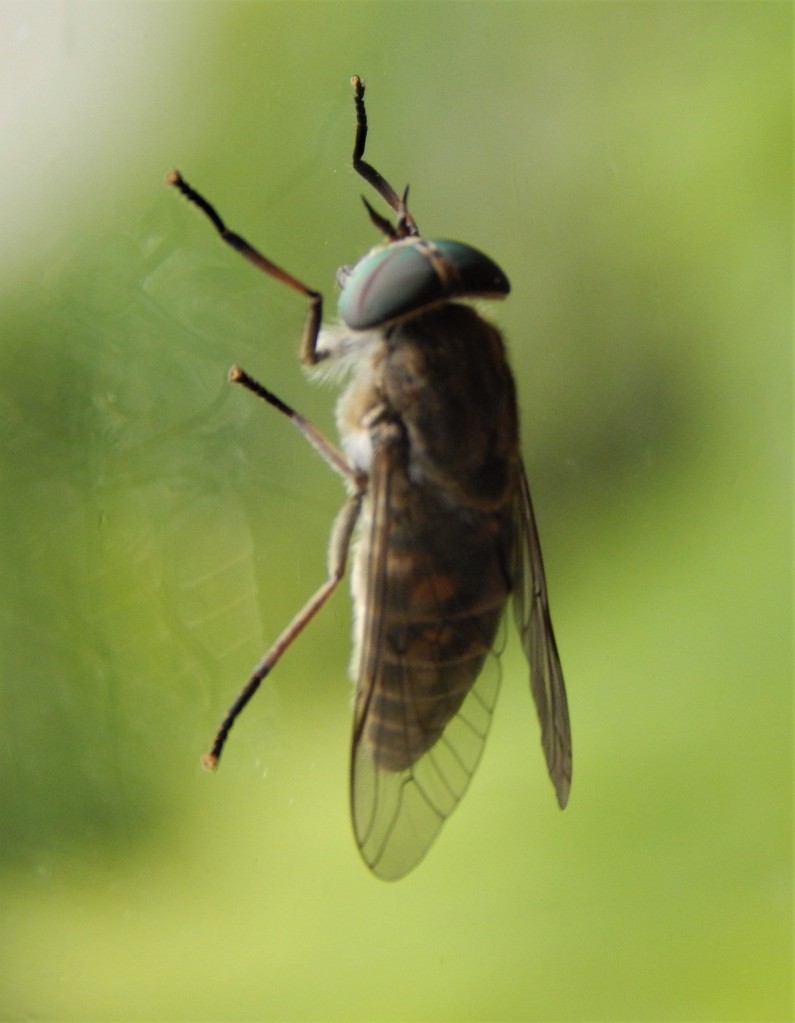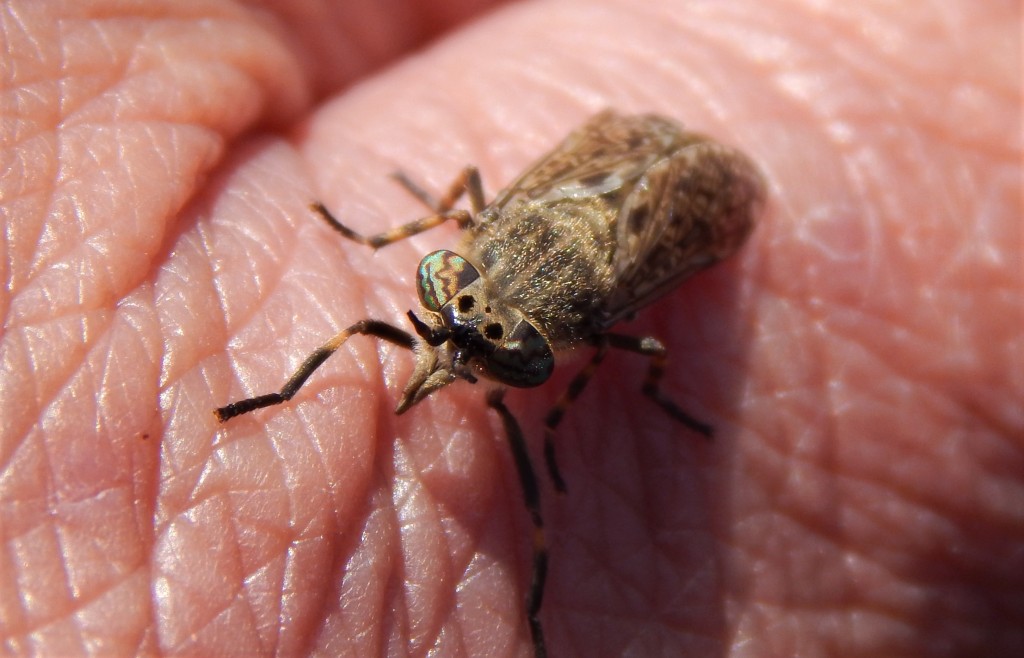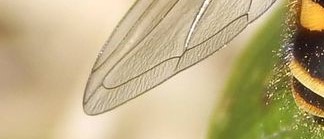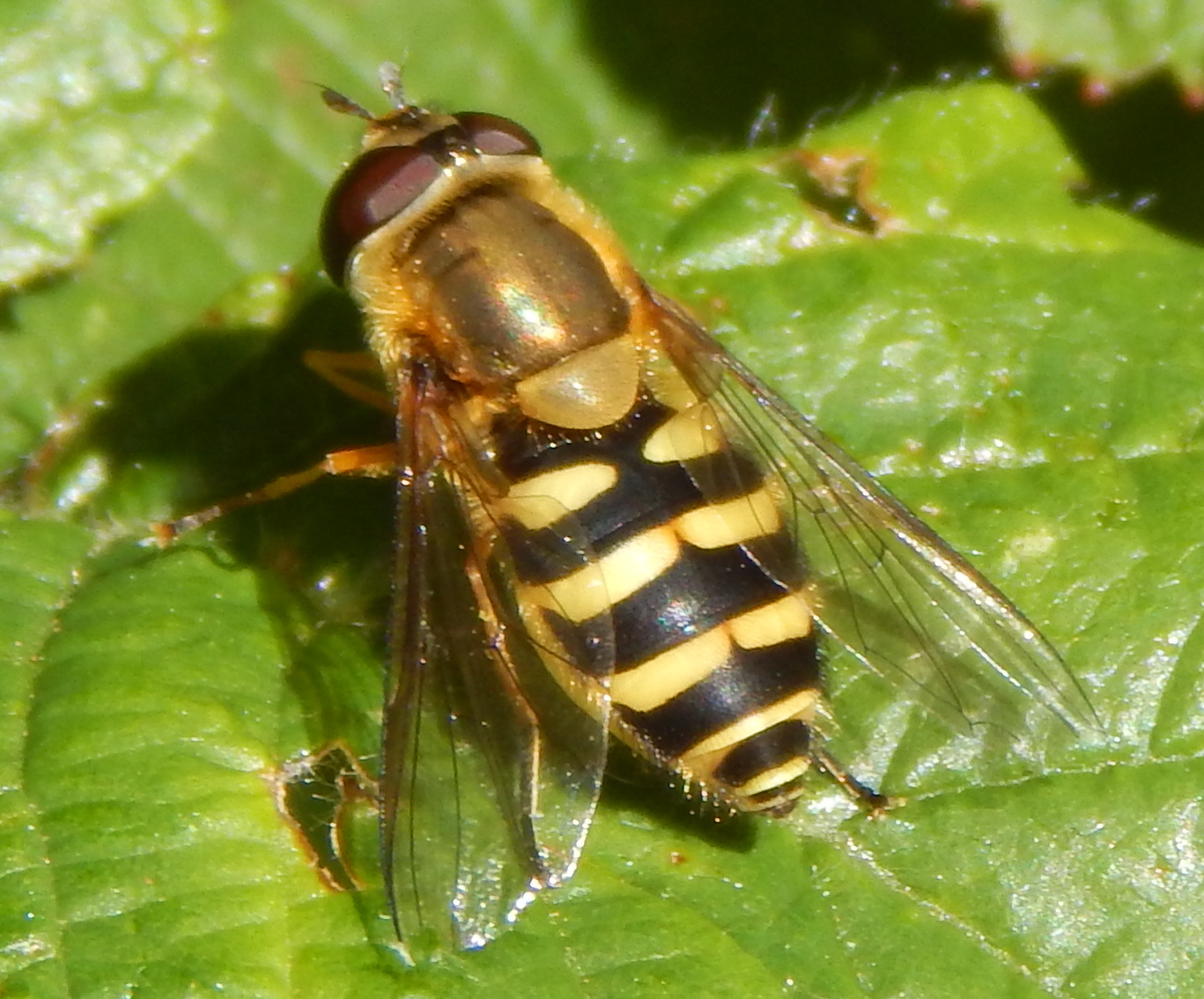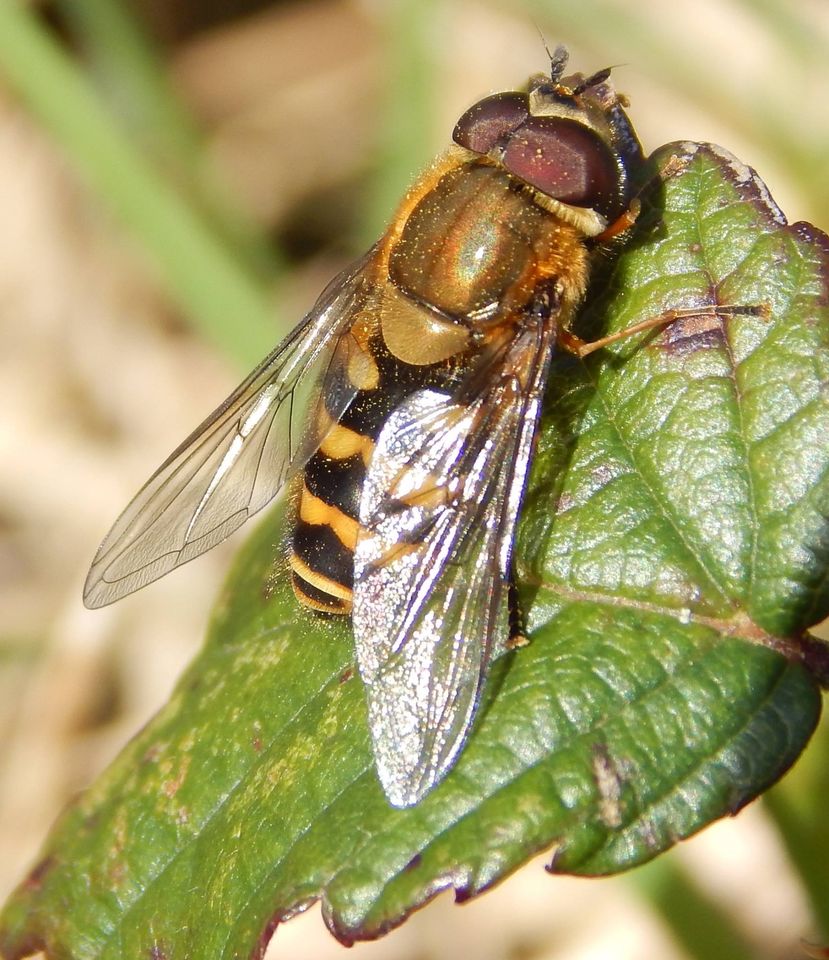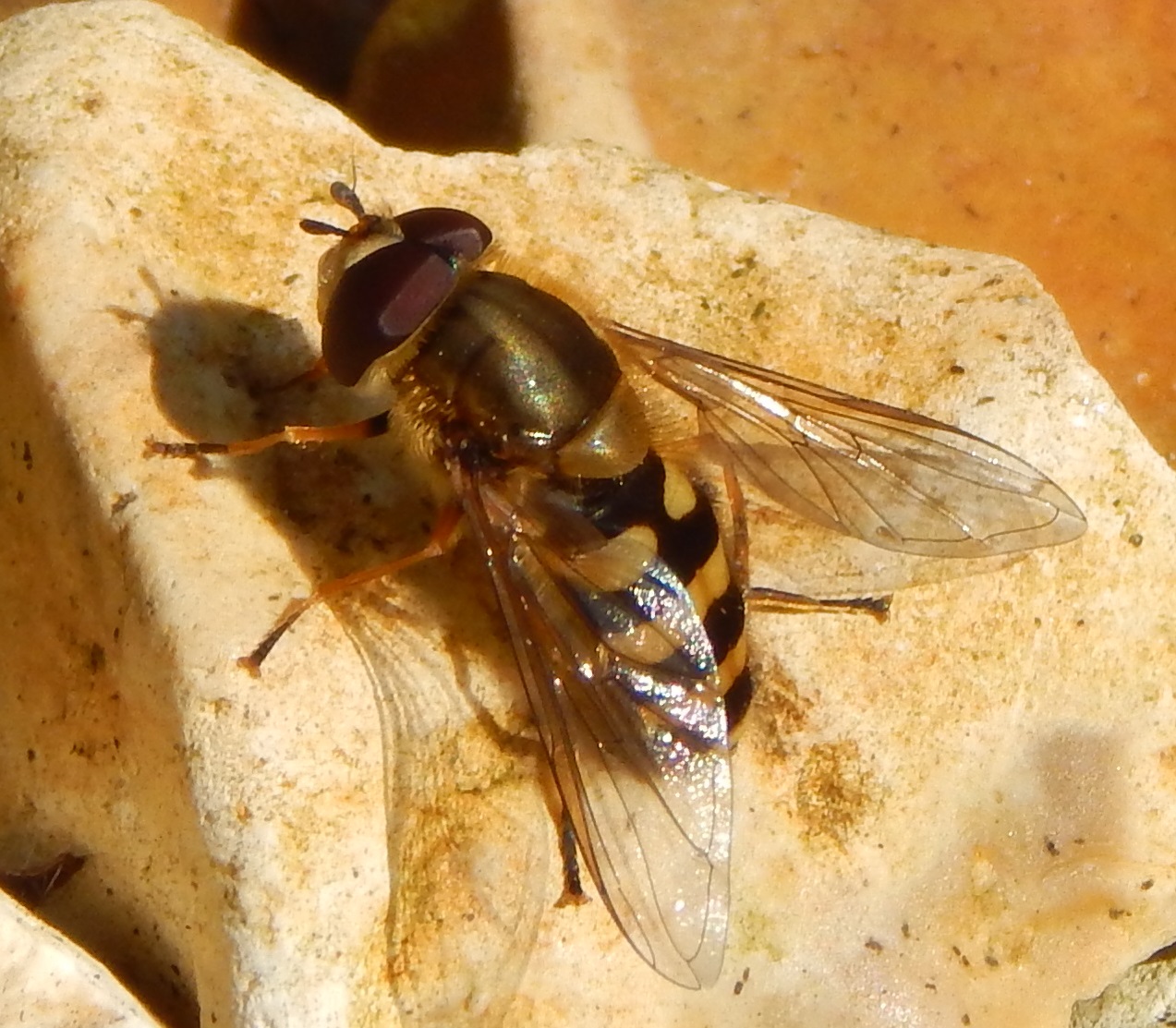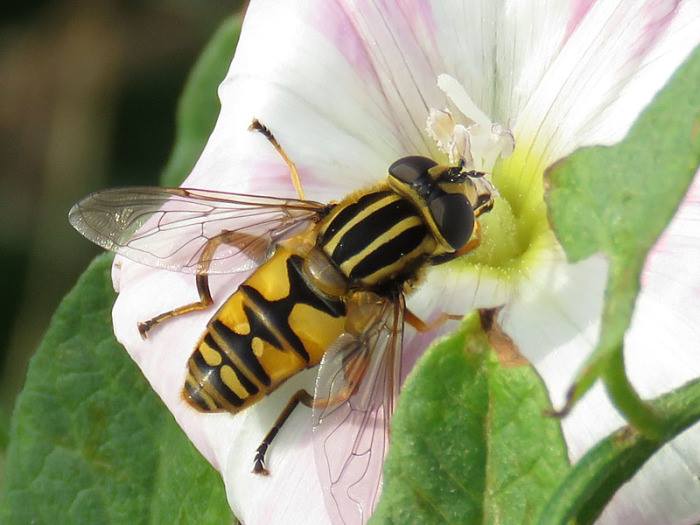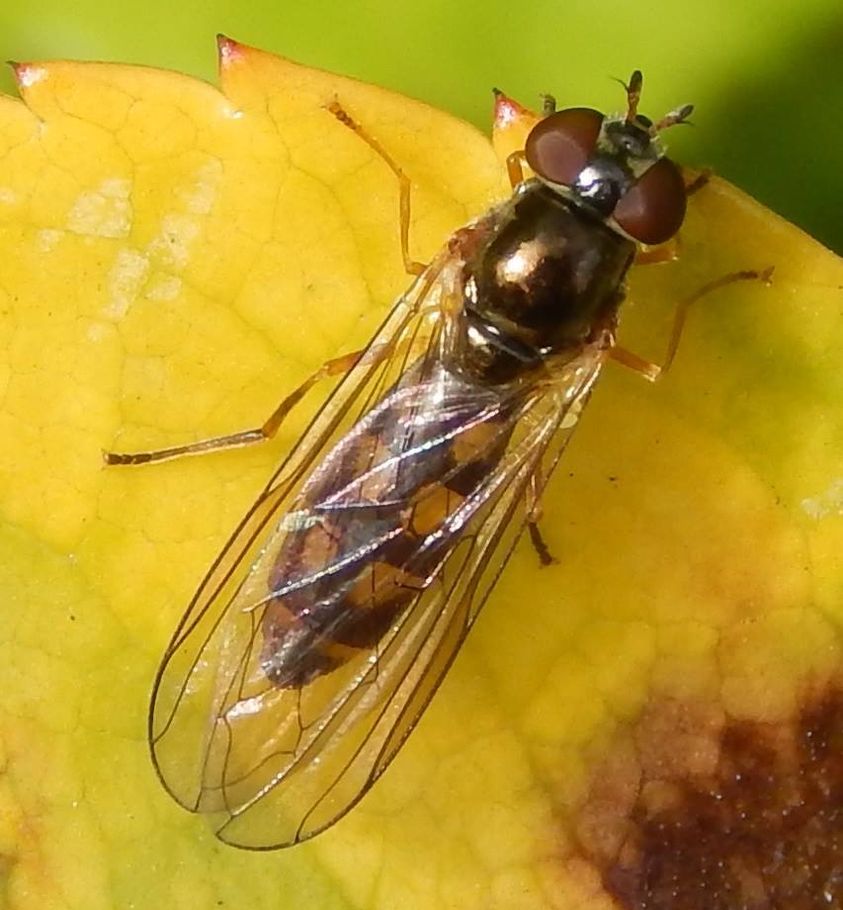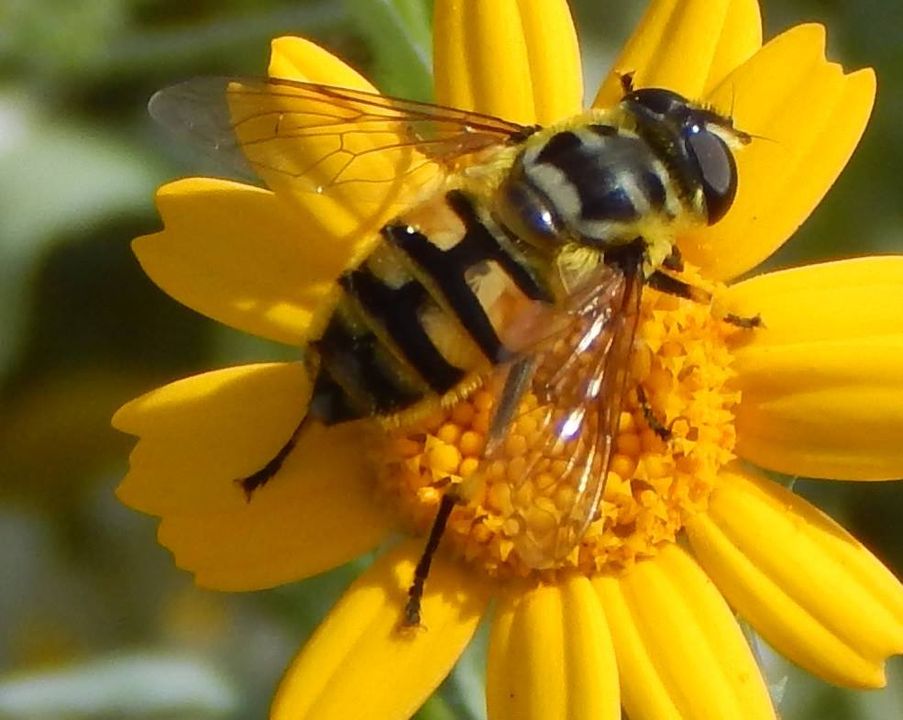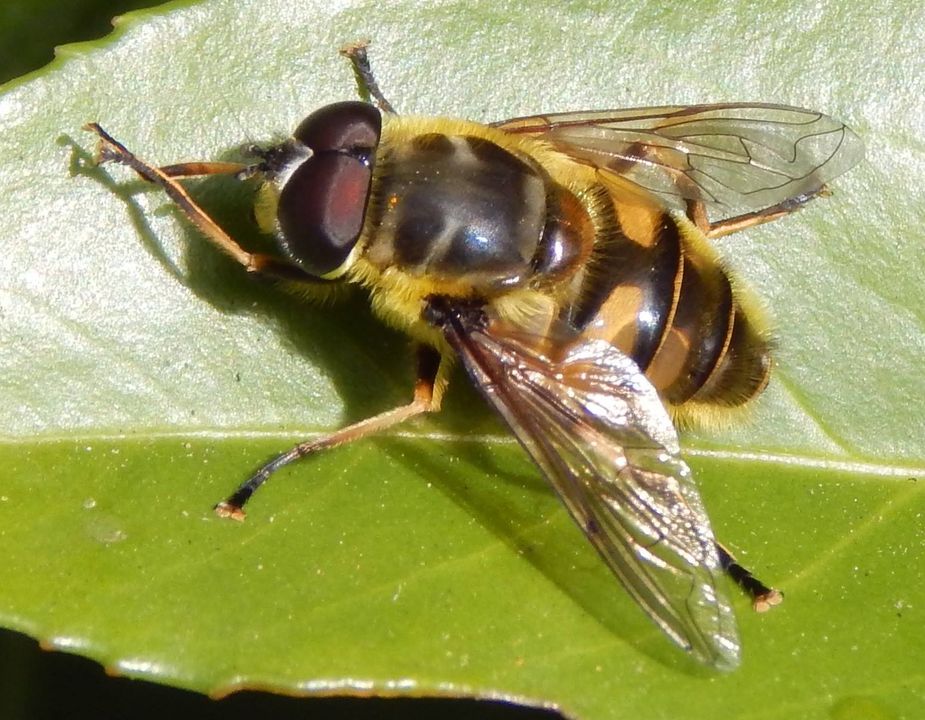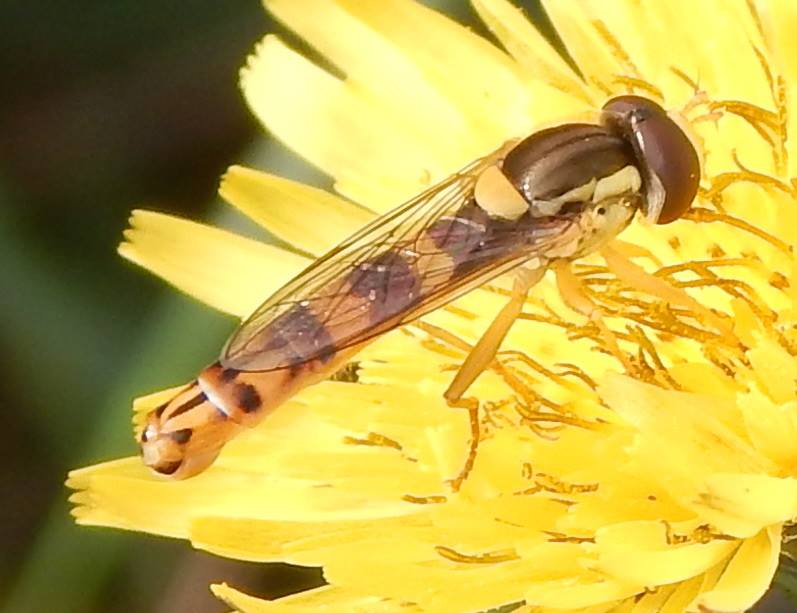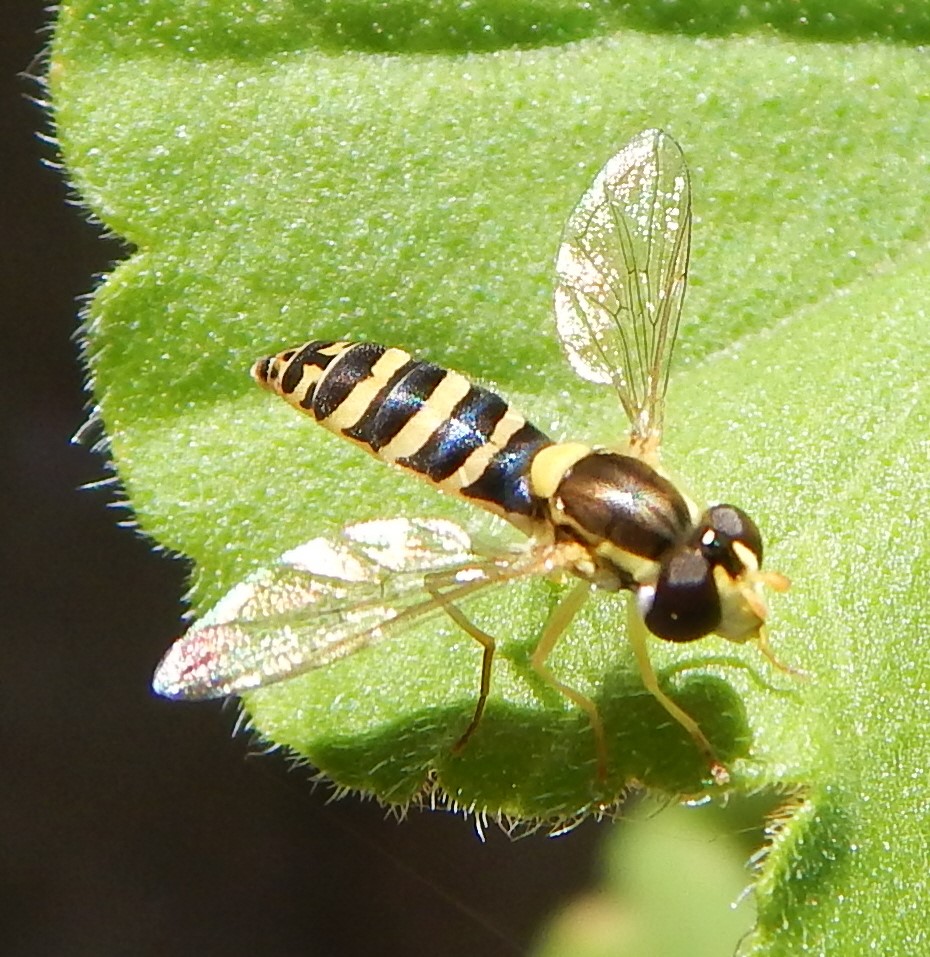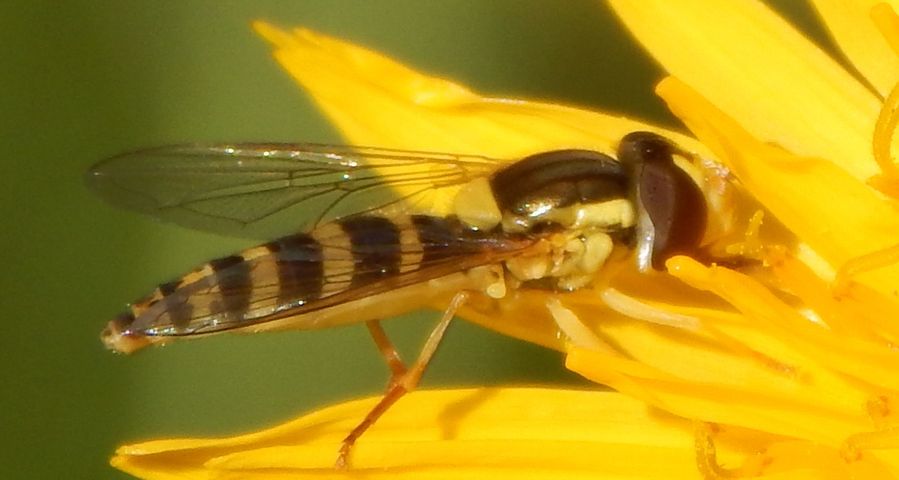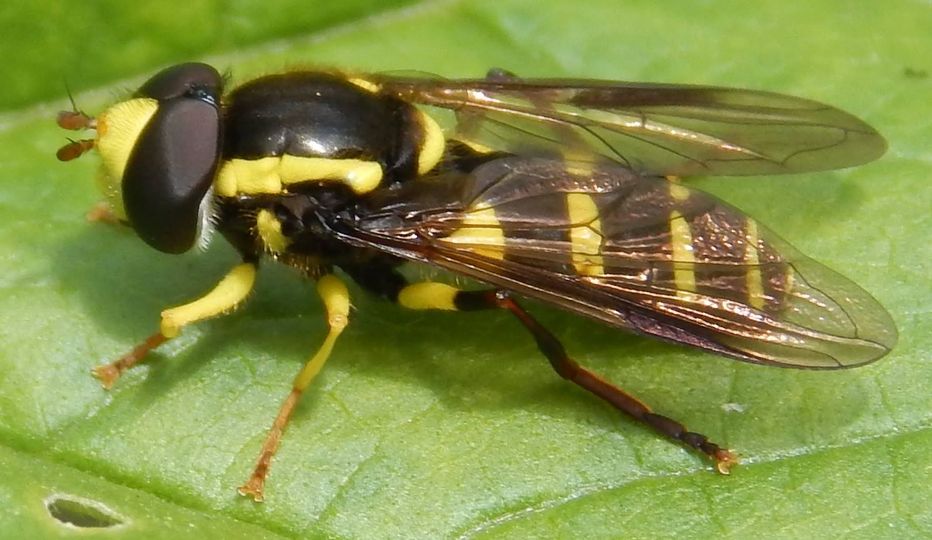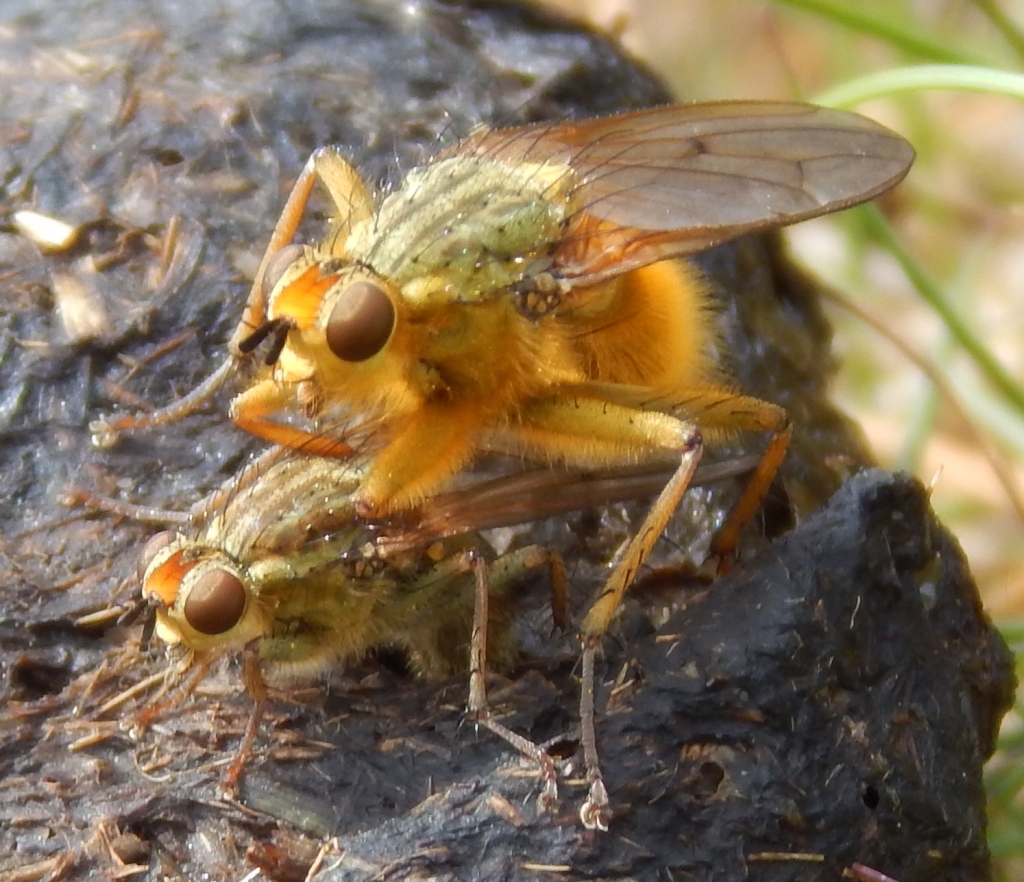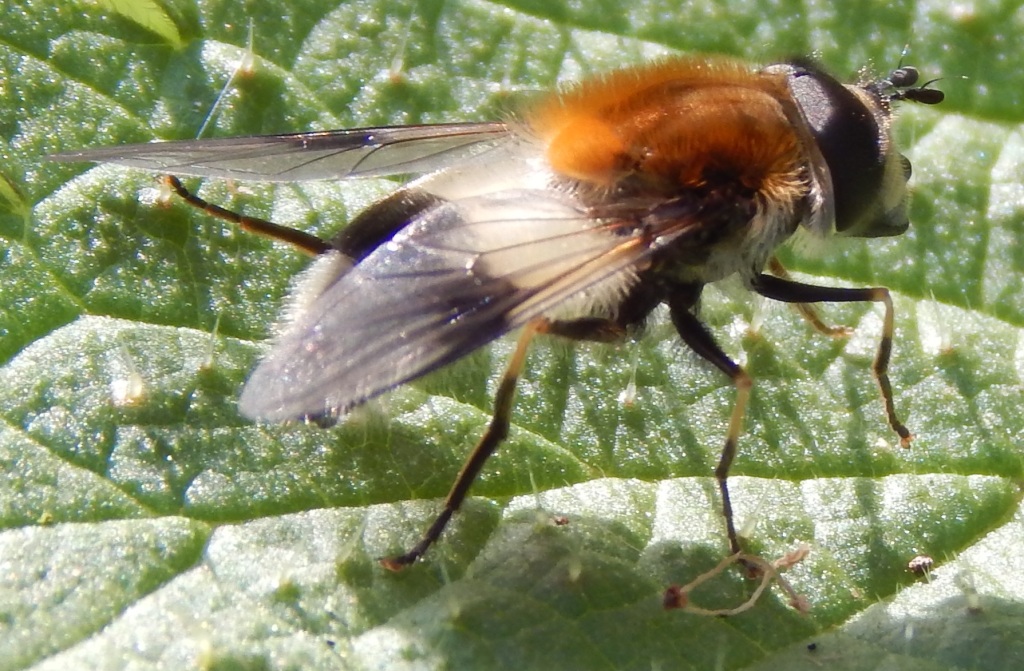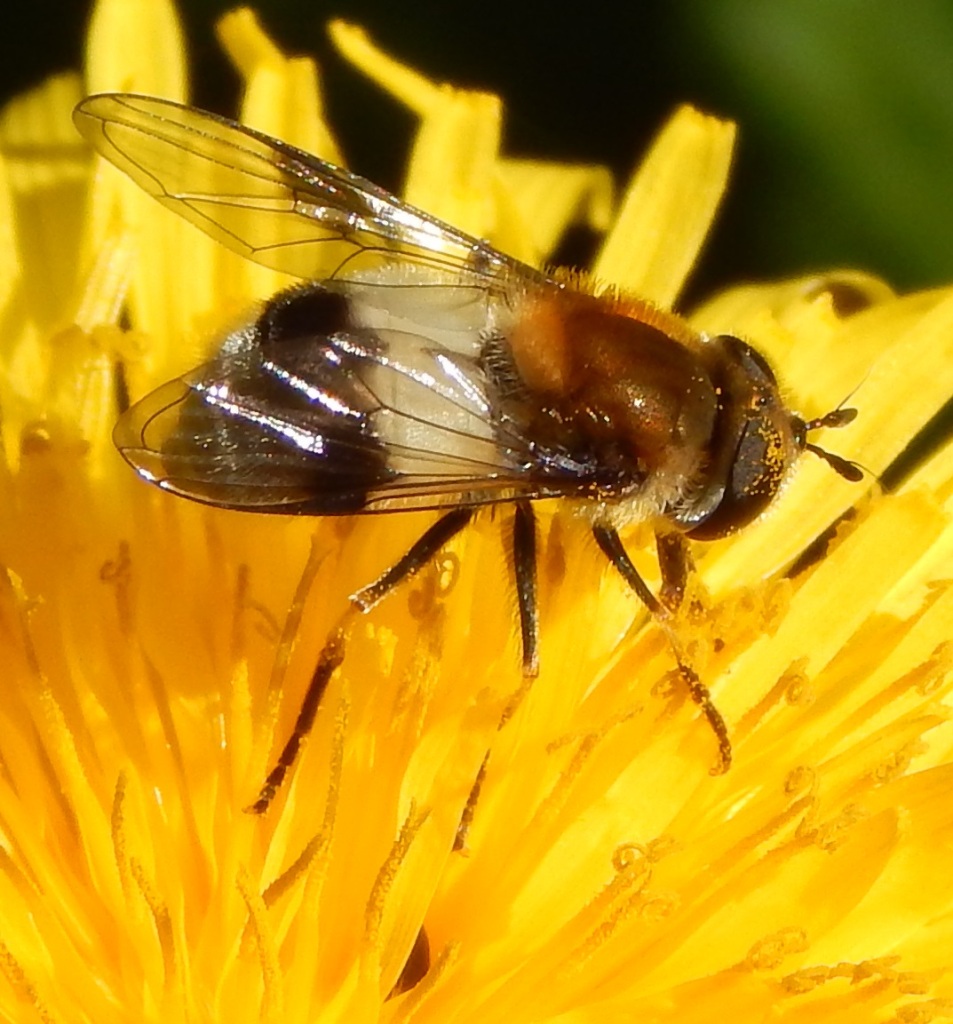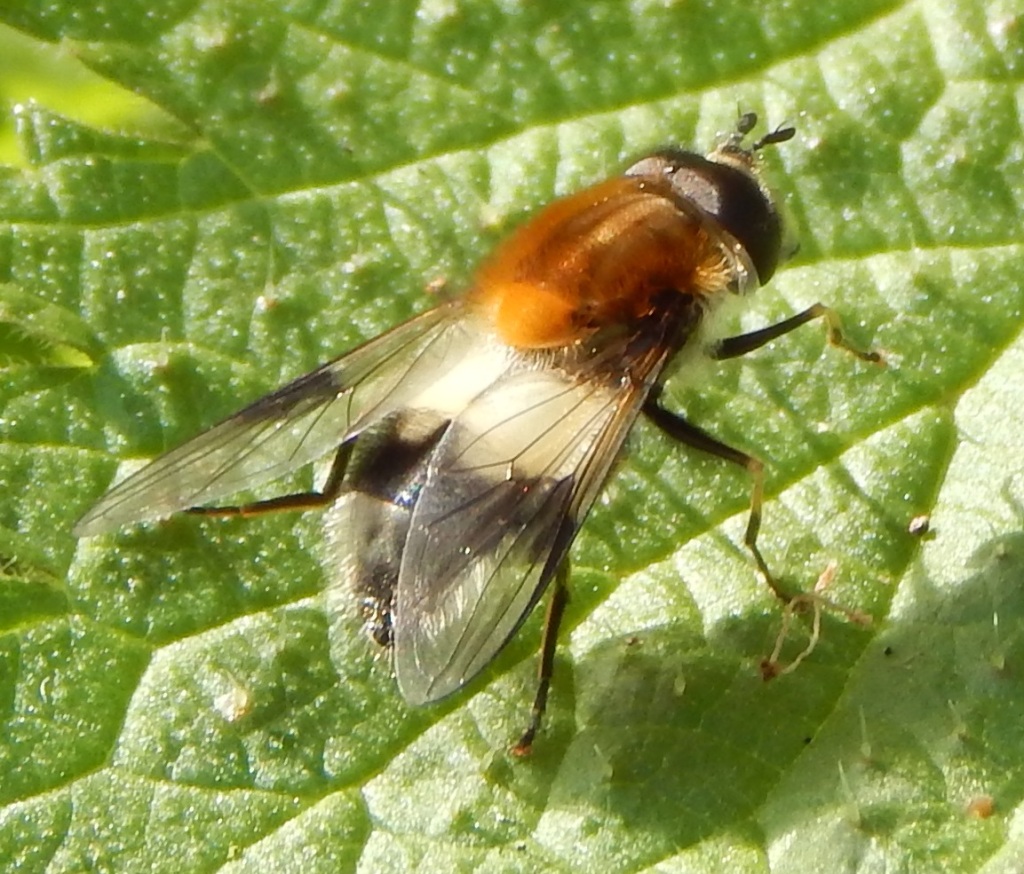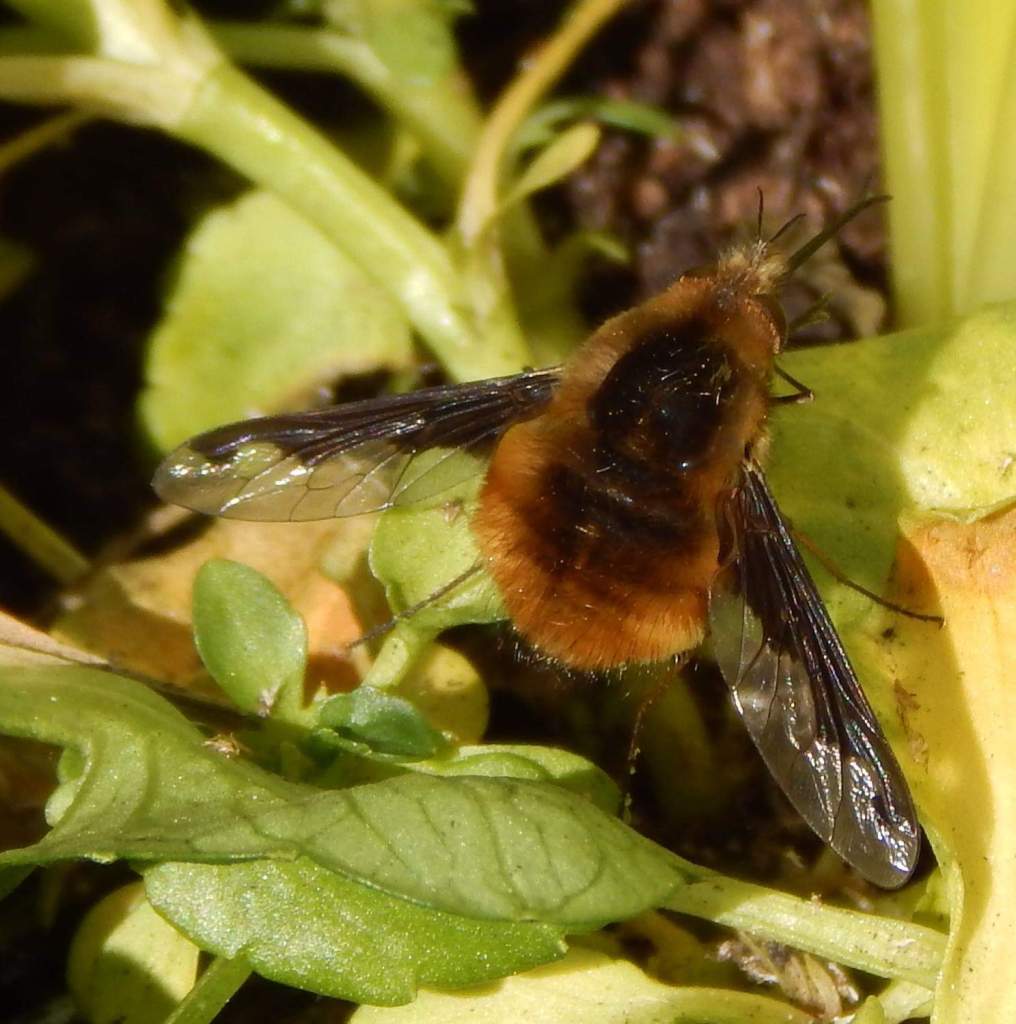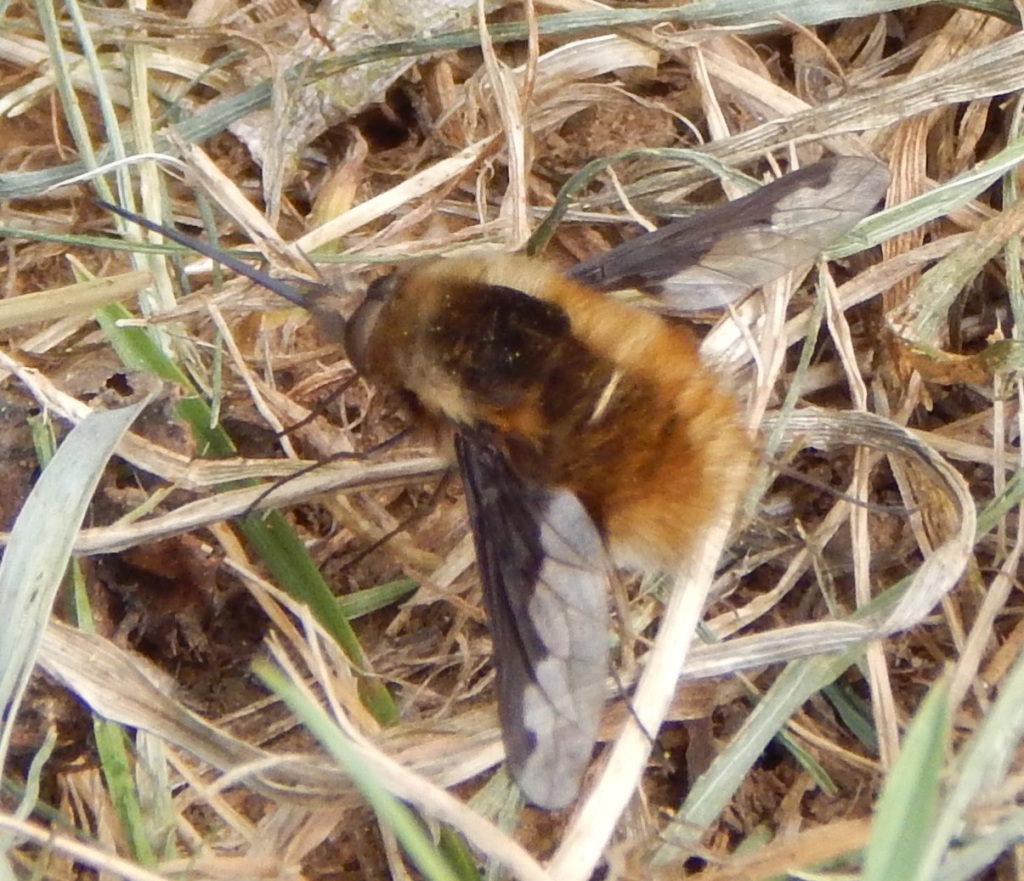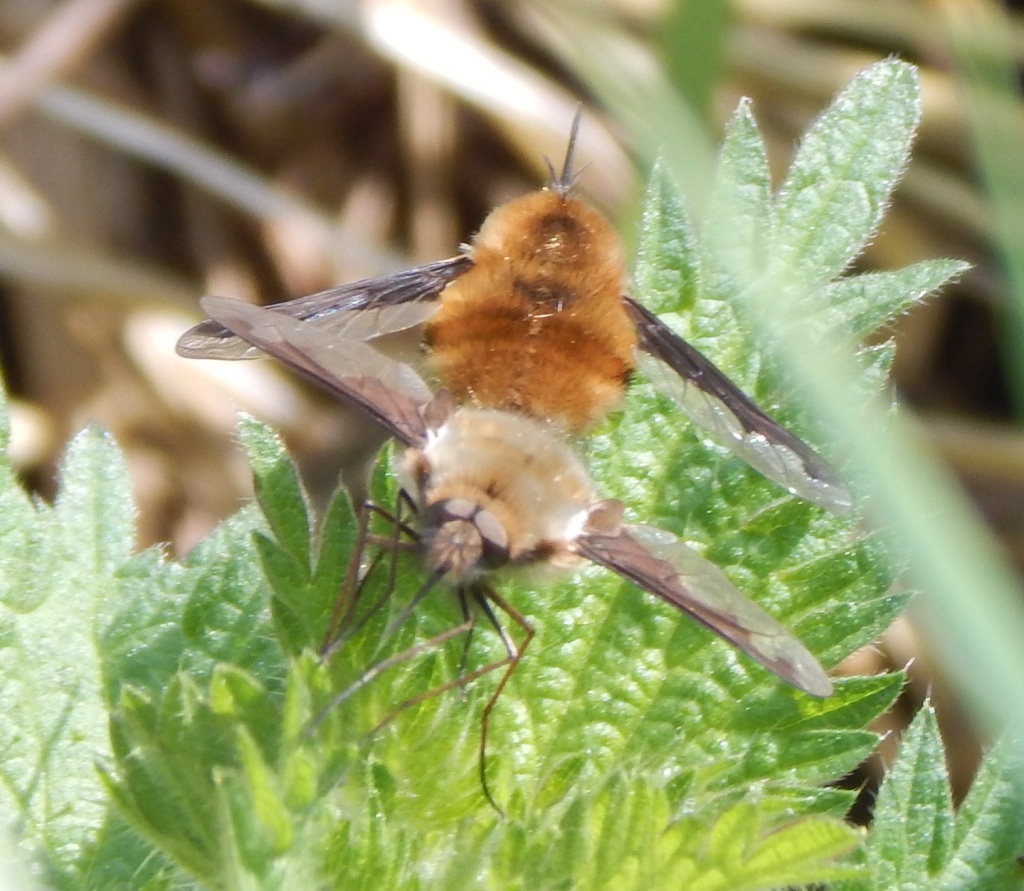
[341] Tipula oleracea, Tipula paludosa
Tipula maxima, Tipula vittata
Introduction
Tipula oleracea, the Marsh Crane Fly; Tipula paludosa, the European Crane Fly; Tipula maxima and Tipula vittata are four common and widespread species of crane fly found in Britain.
There are over a thousand species of Tipula, of which nearly twenty may be seen in Britain. Most of species of Tipula are just called crane flies without a more precise common name. This is also true of about 15 000 species within the wider family Tipulidae.
In the UK crane flies are informally called ‘daddy-longlegs,’ a name used elsewhere for [258] the Cellar Spider and for Opiliones, Harvestmen. The larvae of crane flies are generally called leatherjackets.
Taxonomy
Kingdom – Animals
Phylum – Arthropods
Class – Insects
Order – Diptera
Suborder – Nematocera
Infraorder – Tipulomorpha
Superfamily – Tipuloidea
Family – Tipulidae (Crane Flies)
Subfamily – Tipulinae
Tribe – Tipulini
Genus – Tipula
Subgenera – Tipula and Acutipula
Scientific Names – See text
Name
Crane flies in general are named from their long legs after [166] the Crane.
The Latin tipula was a water spider. Oleracea means related to vegetables or herbs; paludosa means swampy; maxima means largest; and vittata means banded.
Tipula
See [235] Nephrotoma for Crane Flies in general. Tipula species are similar in size, with bodies about two to three centimetres in length. Their bodies are more or less plain, drab grey or brown. There are about 2 500 species within the genus, divided into 40 subgenera, and I won’t attempt to describe the differences.
I am hoping that the next three pictures are Tipula oleracea, Tipula paludosa and Tipula vittata.



Here are two close-ups from Tipula oleracea. The first one shows a haltere, one of the modified wings that define Diptera. The next one shows the pointed ovipositor that distinguishes females from males.


Tipula oleracea adults appear in early summer and a second generation appears around September. The short-lived adults can only eat liquid food such as nectar from flowers. They lay eggs in open grassland and each female can lay about a thousand eggs. Mostly living underground, the larvae eat decaying vegetable matter and delicate roots and can be agricultural pests. They pupate underground. The second generation hibernates until spring. Other species are similar.
Habitat
All four species are common all over Europe and wider areas. All are common and widespread over the UK.
Other Notes
My very early memories are of craneflies coming into our house but I don’t see this as much now as sixty years ago. I see them mostly now in open grassland, generally just crawling around on low vegetation at ground level. I’m afraid I can’t always identify the species.






See also
The family of Crane Flies also includes the genus Nephrotoma, which we have seen. Apart from these two genera most species seen in the UK are much smaller.





